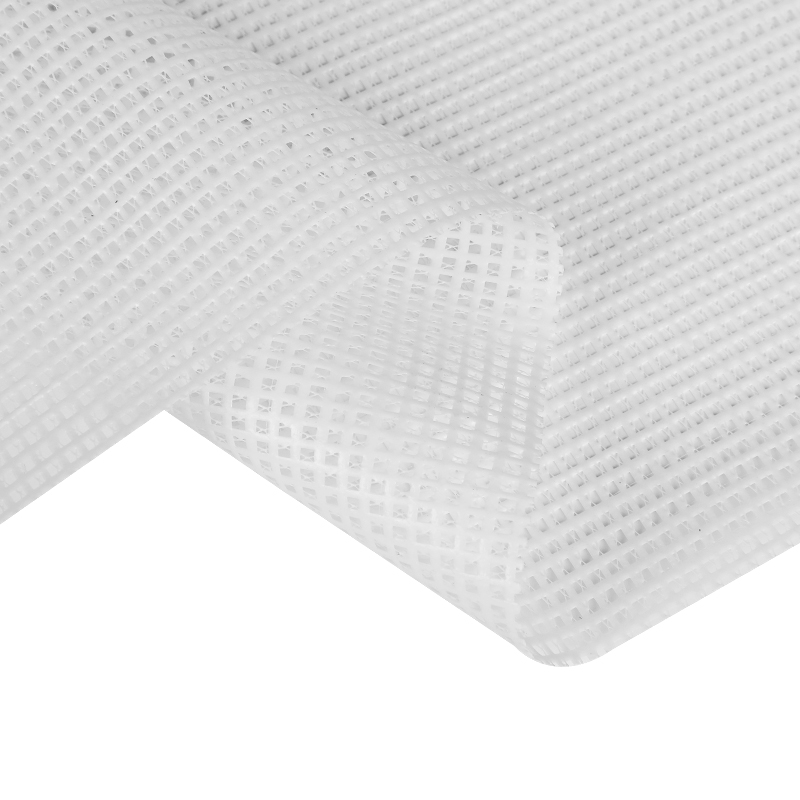When considering materials for outdoor signage or banners, one crucial factor that often comes into play is how the coating applied to the material might influence its interaction with light. Specifically, does the coating enhance visibility and clarity without introducing unwanted glare?
Understanding the Coating's Purpose
Coatings on materials like economic mesh with PVC liner serve several important functions beyond just protecting the surface. They are designed to optimize the material for printing, ensure durability against outdoor elements like UV rays and weather, and potentially enhance the overall aesthetic appeal of the signage.
Enhancing Print Quality
The primary role of the coating is to improve print quality. By providing a smooth and even surface, the coating helps to ensure that graphics and text appear sharp, vibrant, and consistent. This is particularly essential for outdoor signage where visibility from a distance is critical. The coating allows for intricate details to be faithfully reproduced, maintaining the intended impact of the design.

UV Protection and Durability
In outdoor settings, prolonged exposure to sunlight can cause colors to fade and materials to deteriorate. Many coatings include UV inhibitors that shield the printed graphics from harmful UV rays, thereby extending the lifespan of the signage. This UV protection is integral to preserving the signage's appearance and readability over time.
Minimizing Glare
A key concern for any outdoor signage is glare, which can diminish readability, especially under direct sunlight. Coatings on materials like economic mesh with PVC liners are formulated to minimize glare while enhancing visual clarity. This is achieved through careful selection of coating properties that maintain a matte or low-gloss finish. By reducing surface reflectivity, these coatings ensure that the signage remains legible and eye-catching without distracting reflections that could obscure the message.
Compatibility with Mesh Structure
Mesh with PVC liners are inherently designed with an open weave to allow airflow, which is crucial for outdoor applications to prevent wind damage and maintain stability. Coatings applied to these materials are engineered to complement this structure, ensuring they do not block airflow significantly or compromise the material's flexibility. This compatibility ensures that the signage retains its functionality while benefiting from enhanced durability and visual appeal provided by the coating.











